Leaderboard
Popular Content
Showing content with the highest reputation on 05/30/2021 in all areas
-
Hi Charles, Of course every good or better Nihonto is unique and there are no absolutes so, in theory, this is what I think you can do with $10K. That should buy a quite good quality katana or tanto with Tokubetsu Hozon paper, signed and made by a well respected, near important, smith and mounted in shirasaya and/or nice but not great koshirae. A wakizashi of the same level would be maybe 1 or 2 K less expensive. This is meant to give a rough idea. As you are a relative beginner make sure you get good advise and deal with someone you can trust. Ask lots of questions (feel free to drive your seller nuts) and have fun. Grey4 points
-
Mal, Just finished reading your latest, Tokushima Tosho...excellent. Great research, great sources, another great resource from you and Sueko. We are all lucky to have you on NMB and in the sword world in general...I still smile when I have cause to look up your Mino book....if only I had a Tokushima blade also. The closest I can get is a LINK to neighbouring Kochi (Tosa) where 12 gen Kawashima Masahide taught my RJT Nakata Kanehide of Seki between 1928-1937 (gave him the 'hide' in his mei) - now Kochi would be another worthwhile project eh? eh? No, seriously, you are a great benefactor to the nihonto researcher. Thank you both, Reagards, George.4 points
-
Item No. 51 Tsba in Shibuici with gold, silver and shakudo detailing 7.64 cm x 7.53 cm x 0.49 cm Two butterflies , three spiders webs and large dragonfly on a fine Ishime ground. Signed Nara Tadashige and Jochiku with a kao . This is therefore a dai-saku work from the Nara and Murakami Schools from the 19th cent. Looks considerably better in hand than in photographs - the very fine Ishime giving a matt surface finish , very evenly applied . The webs glow and almost jump out from the tsuba in the right light and the detailing on the insects is very well done. Just as a bonus , the dragonfly's eyes are inlaid with a striking green iridescent mother of pearl/ abalone , that really stand out . Have been unable to place Nara Tadashige - does not appear to be shown in the genealogies book . Also there are two artists shown as signing Jochiku in the Murakami school.... Any Haynes or Wakayama references would , as usual , be much appreciated.4 points
-
Dear All This is one of my most recent acquisitions. It is a nice mokko gata iron tsuba with brass inlay. Dimensions 86.3 mm x 85.5 mm, 3.8 mm thick at seppa dai. The brass inlay is almost the same on the omote and ura sides. The only difference is in the positioning of the ten-zogan away from the seppa dai. My first idea was of course Heianjo, but the practically symmetrical design between front and back leave me with some measure of doubt. Any of you have a different attribution? Aside of the four kiku mon (菊文) the chevron like decorations are a little puzzling in their meaning. If I do a search on Jisho (https://jisho.org/search/chevron) I get as a result "Yamagata" (山形) i.e. "mountain shape; chevron; cone". Is this a fitting description for the triangular shapes surrounding the chrysanthemums? I am missing something? Do you have/see a different interpretation? Or the combined design chrysanthemum-chevron have a meaning by itself? Your comments are greatly appreciated. Best Regards Luca3 points
-
3 points
-
Spent Friday afternoon wrapping this Wakizashi to send off to NBTHK Shinsa in Tokyo. My Sensei commented, "It will be interesting to see if they narrow it further to a particular generation." I gave him my best 'I doubt it' look. The NBTHK motto seems to be: Less is More. In the box I have also included 2. a Bizen Sukekane Tanto of Meiji 2, and 3. a Suo Province Nio Hirokiyo Wakizashi of around 1470 perhaps. Roll on... October... ?3 points
-
3 points
-
OK - try this one. From Markus's site. Anyway, now the possibility exists that the sword in the original post could be from either 1st or 2nd generation Masahide. I'm not arguing that the possibility of this being shōshin Masahide is high, I'm arguing that the sword ought to be judged rather than the signature.2 points
-
Charles/Winchester, A thought is that $10k on a blade in shirasaya will give you more bang for your buck bladewise that spending $10k on a blade with koshirae. I have no hesitation in collecting a good koshirae without a blade equally as much as collecting a good blade in shirasaya. Not all my friends in collecting think the same way, so you may want to reflect on that... BaZZa.2 points
-
I would opine that the handle is not the original as indicated by the new mekugi ana with counter boring in the nakago. The fit of the handle on the nakago would be a good test. Apart from Ian's observation that the mon is upside down I'm troubled by the oxidative colour (= applied heat) around the mon that indicates it has been soldered in place. Also, the fuchi surface is featureless as John observes and I feel the mon is a recent "modification" to the fuchi. It is clear the sword originally had a press-stud leather retainer, so the fuchi would have been plain. Further, the leather cover over the scabbard look near-new compared to the worn, neglected look of the handle as indicated by the sad looking menuki... An in-hand viewing would be essential before parting with any $$$$ BaZZa.2 points
-
2 points
-
The mon is on upside down, I think, so I would be very suspicious of it . Ian Brooks2 points
-
May. The staple products. https://www.jauce.com/auction/t807319654 https://www.jauce.com/auction/t805493496 https://www.jauce.com/auction/x781031509 https://www.jauce.com/auction/m492510693 https://www.jauce.com/auction/547004652 https://www.jauce.com/auction/558488108 https://www.jauce.com/auction/h554640431 It is difficult to tell from the image, but the gold coloration is unnatural. Also, the fact that the back side is filled with resin is also artificial. However, the front side looks good at first glance, so you may be tempted to bid on it. https://www.jauce.com/auction/j728501552 I have seen Ishiguro schools with the same design but slightly different details in online auctions. However, all of them do not look authentic. This time, it came out clad in a label from a famous auction house. https://www.jauce.com/auction/x779638076 This is the new world of Natuo, finished with paint. If you read the year as "kanotou", it might be 2011 instead of 1831 or 1891. https://www.jauce.com/auction/j728402197 The price is fixed at 181,000JPY, but it is a cast product as you can see. In addition, the pipe hole is visible. https://www.jauce.com/auction/554507415 As stated in the product description, the paper does not match the actual item. This is an example of how paper in the Showa era was either bullshit or suspected to be counterfeit. https://www.jauce.com/auction/o441767475 These two are low-end mass-produced products that are often found. On search sites, you can find many tsuba with the same design. A thorough comparison and inspection should be done on all of them to see if they should be avoided. https://www.jauce.com/auction/l685966835 https://www.jauce.com/auction/p850130753 This month we have seen some tsuba titled Higo. This is what the seller claims to be Nishigaki School, but the certificate doesn't even say Higo. The inlaying skill that is characteristic of Higo school is not seen, and there are still round traces. https://www.jauce.com/auction/t809058488 If you lobby an author or editor to include them in a book, these may be called "Higo's masterpieces. https://www.jauce.com/auction/o476882597 https://www.jauce.com/auction/f5142888352 points
-
Well, ffolkes, I went a-looking and found this: https://www.youtube.com/channel/UCTkrKjXeHog5CaktlRn8gvw WoW... And the sword smith himself: https://new.uniquejapan.com/wp-content/uploads/2015/09/22-ujka163-Kanehide-Katana.pdf BaZZa.2 points
-
One guess would be that it was at one time presented to a government official in Austria. It eventually ended up in storage.......and 100 years later, was decommissioned as excess material by the government. If you look hard in the books, you might find that an Austrian dignitary went to Japan and was given a sword.2 points
-
https://www.samuraishokai.jp/sword/19150.html I did not know about this site when I bought this. Can I get some opinions?1 point
-
I've just acquired this interesting iron tsuba which is covered in flying cranes, etc., that are carried over the rim onto the back of the tsuba. I'm puzzled where to place this tsuba (group), so your thoughts are appreciated. The tsuba is slightly oval, measuring 72 mm x 6.7 mm x 5mm. Notice some of the carving carry over onto the seppa dai. Looking forward to your thoughts on this. Ron STL1 point
-
My gut feeling is that this is a fake. It could be heavily abused; but I'll let other members with far more experience here chime in. Reasons being I think it is a fake: Crude grain of the metal (looks acid-washed) Improper shape of the boshi (tip) Fittings are of rather crude design What appears to be a WWII sarute (sword knot loop) on the kashira. This could also be the remains of a tanto/wakizashi that has been mounted in more modern tourist fittings.1 point
-
1 point
-
The UK Amazon link wouldn't let me buy, but this one works for the USA: https://www.amazon.com/Samurai-Swords-Material-Battle-Gendaito-ebook/dp/B0963Q1F9Q/ref=sr_1_1?keywords=samurai+sword+for+the+material+battle+ebook&qid=1622390213&sr=8-1 Just ordered it, thanks Peter!1 point
-
10k is a great budget for quality work. Grey has explained it perfectly.. not so sure about the driving the seller nuts part though lol John1 point
-
Thank you Curran. Do you mean this one? In the mean tine I have found another Onin tsuba with a similar desing: From Gemmel, Tosogu: Treasure of The Samurai, Sarzi-Amade Limited, 1991 pag 142 number 17 described as "Onin iron tsaba of star design with cast brass strip inlay. Early Muromachi period". Regards Luca1 point
-
Just stumbled upon this PDF: this is the same sword, right ? Edit: no, it's not the same sword, the number of mekugi-ana doesn't match.1 point
-
That Masahide is the 2nd generation, after the 1st gen. changed his signature to Amahide.1 point
-
↑ Yes that is what we are talking about. Specifically I was speculating that Masahide may have continued to use "Masahide" even after he began to use Amahide. In other words, I was suggesting that he could have used both signatures for a while, and that (as always) we ought to try judge the sword first and not the signature. In my example above, I was attempting to show that there were extant, verified signatures of "Masahide" after Bunsei 2, but Piers was right and the sword I linked to was actually "Amahide". But it didn't take me too long to find another Masahide exampe (this time from Bunsei 5). https://toyuukai.com/2012/05/水心子白熊入道正秀(刻印) 文政五年二月日/1 point
-
Its well known here. We were laughing at it the day it went up. I wouldn't even offer $300 for that thing! Careful or he might accept it.1 point
-
Dear Jason. Yakidashi refers to a smoothing of the hamon above the machi in a Shinto blade, not the end of the hamon inside the nakago. There are few signs that your blade is suriage, the yasurime appear to be higaki, there is a single mekugi ana and the jiri is well finished. The kissaki is extended and from the lines it would have been originally a little more extended than it is now, look at the relationship between the ko shinogi and the ha in the kissaki. No yakidashi and midare komi boshi suggests koto, yasurime suggest Mino den. The kissaki suggest sue koto. You have not described the hamon and the pictures do not do it justice. What do you see here? Looking forward to where this ends up. All the best.1 point
-
1 point
-
1 point
-
Quality over quantity, always. Quality offers more to study and learn from and will hold its value better, meaning you can trade up with greater ease.1 point
-
Onin tsuba. ie. a grade or two above Heianjo. It looks to me one of the thicker later sukashi ones of the 1500s. For similar, see the Compton Onin that sold off Andy Quirt's site: [hmmm... image seems to be gone now. I guess you have to pop open Vol 2 of the Compton Auctions. It was a very nice piece. Andy has 2 other nice ones up.] Torigoye-Haynes publication by the Northern California Tokenkai has a very good multi page discussion of Onin.1 point
-
Well, I am not a dealer but I have quality blades from any era and all the way to Juyo Token (hopefully 2 to the TokuJu soon ☺). Cheers John1 point
-
I studied Ishi Yama Ryu under Russell McCartney years ago and was involved in his Senbongiri event back in 2000. He performed 1181 cuts from kata without a miss over 1 hour 25 minutes. The sword he used was a Nakata Kanehide blade that was remounted and freshly polished. What was interesting was that over the course of the 1181 cuts through damp igusa goza, the friction of the cuts heated the monouchi up and caused the edge to fold over slightly! The fact that it performed so well was amazing. I was deeply impressed with the strength and cutting ability of the blade and after that Kanehide became one of my favorite smiths.1 point
-
Hi Dale, I have this book and pages 246 and 248 are missing from my copy too. Must be a printing/numbering error. Cheers Justin1 point
-
Re. Item No. 50 Hi George , Thanks for your research and commentary . On the face of it , the tsuba should be sent to shinsa , but the decision could go either way... I think I have a few more pieces where the same could be said - but we move on and take each as it comes. _________________________________________________________ First 50 up ! 167 more to go. Is everybody reasonably happy about the way these are being shown ? Regards1 point
-
BangBangSan, my copy arrived a few days ago and exceeded my expectations. I was pleasantly surprised at how many illustrations the book had. All in all, I thought the book was well done. Softcover, black & white, size 6 x 8.25 inches. For those in the United States, Canada, and Mexico, the book can be ordered at Kinokuniya USA. Just cut and paste the title 真説戦う日本刀 into the search box at the top of the webpage. Home page: https://united-states.kinokuniya.com/ Direct link: https://united-states.kinokuniya.com/bw/97848142025771 point
-
I have been in touch with the owner, Georg, and discussed the paper with him, but just wanted to add a few clarifying things here as they might be of interest for those who are following this great success story. So as shown, the NBTHK papers the blade Tokubetsu Hozon and adds in parenthesis that it was made around Tenpō ten (天保, 1839), a detail that is based on the workmanship and signature style. Also, the NBTHK verifies the authenticity of the cutting test and states explicitly that it was added by the smith himself, although at a later point in time (obviously). This is pointed out via the expression jishin kiritsuke-mei (自身切付銘). That is, kiritsuke-mei refers to any inscription added after a blade was made, and jishin means "personally," i.e., by the smith himself. As a reminder, if an inscription can not be authenticated and is just acknowledged that it is there, this would be stated so via the suffix to mei ga aru (と銘がある).1 point
-
And don't forget the dealers and real " experts " with there opinions that this was a poor blade, worthless in there eyes........and absolutely gimei. Sorry, but I can't resist.🤣1 point
-
1 point
-
Christian, I used Uchiko up to about 15 years ago and yes I have been guilty in the past of misusing it and leaving star burst imprints on a blade. Fortunately it happed early enough in my collecting career not to damage any better quality blades. Someone pointed out to me the error of my ways and I adjusted my cleaning routine accordingly. Hopefully some of the messages here will have a similar effect on other less experienced members and they can bypass the "doing damage to learn a lesson" stage.1 point
-
Yoshimichi blade? Or within the school? Very very very nice You bought it from a reputable place I presume , so show us the paper, teaser John1 point
-
I’d like to see what this august community has to say about daisho koshirae – having just acquired something that might be described in those terms. Please see the attached image. Notice that I didn’t say anything about “swords” since neither of these items hold a blade. They’re ‘fittings.’ One has a wood tsunagi and the other has a recent “blade” that is serving as a tsunagi. They each have a nice old iron tsuba but they are dissimilar. Aside from that, however, the fittings are essentially similar handachi koshirae. Black urushi saya and blackened iron kodogu that are overall of “good” quality. I find no signatures or other markings, but everything looks “old”. Indeed, I have the feeling that they might be at least Meiji era. They were presented with an “old” (Edo period?) katana kake. Overall, these things look like ‘old’ swords that were re-purposed in early post-War times as decorative items. They are quite presentable and certainly not “new” decorators. Okay, here’s my question. I wonder how common similarly mounted daisho really were? Who had to wear a similarly mounted long and short swords? Clearly a lot of guys did NOT need or carry matching sets. I could easily see the rig I just acquired as something like a formal outfit that some low-level functionary had to have in the closet for occasional use. In closing, let me also say that I am in the market for a “nice” (but not necessarily special) daisho pair of iron tsuba. Peter1 point
-
1 point
-
Out of curiosity, who is the polisher? There's some good ones in the US and then there's a lot of "Bubbas."1 point
-
I like them too. I tend to prefer sober mountings to elaborate ones too. They look more like samurai swords than those ornate swords used by samurai turned civil servants. Good eye, Piers, if you hadn’t pointed it out, I would have missed the swords position.1 point
-
Some time since the last update ... today I got informed that the result notification of the NBTHK Shinsa came in, it achieved Tokubetsu Hozon.1 point
-
1 point
-
1 point
-
Yas, I am guessing that you live in Tokyo. I do not sleep underneath my bookcases! 😅1 point
-
A typical sword mei encyclopedia is "刀剣銘字大鑑 (An original book Tuchiya stamping 1961, Reprint 1997)". However, stamp is clumsy and not easy to compare with the actual product. I think that the works published in "新刀大鑑 (1976)" are also authoritative in terms of reliability. Unfortunately I don't own either. They occupy too much space and fall overhead to kill their owners in the event of an earthquake.1 point




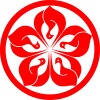


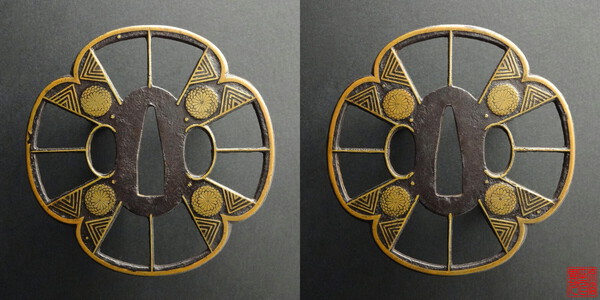
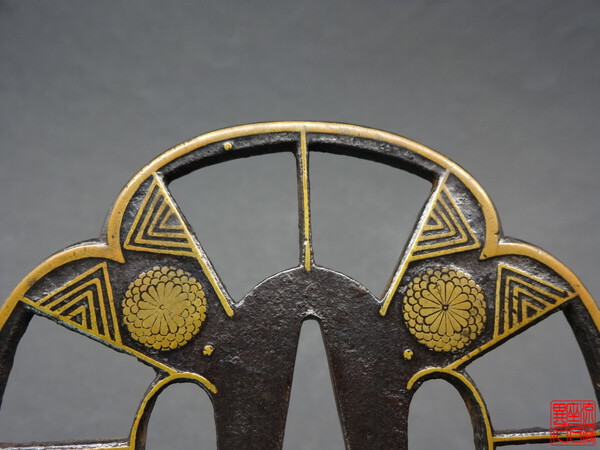
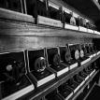
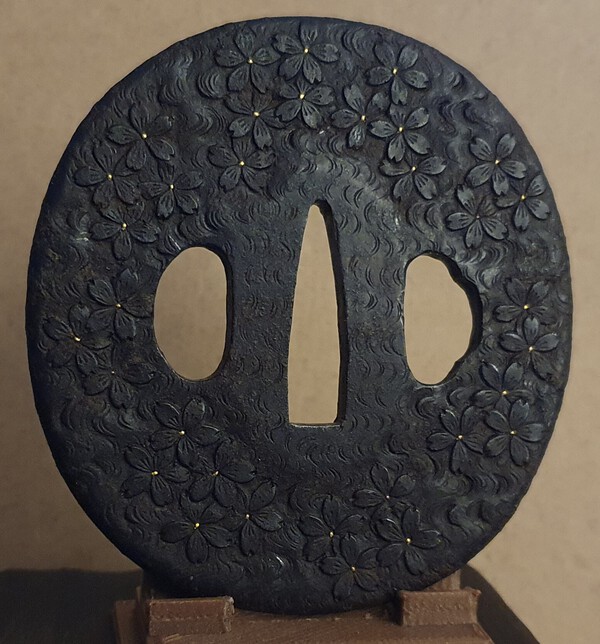

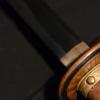


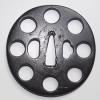
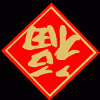

.thumb.jpg.e1807d5fcabe3dd819b7dabd0fb2a51e.jpg)

.thumb.jpg.bf493cfee7816a0724452be6145d2633.jpg)




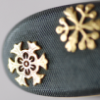

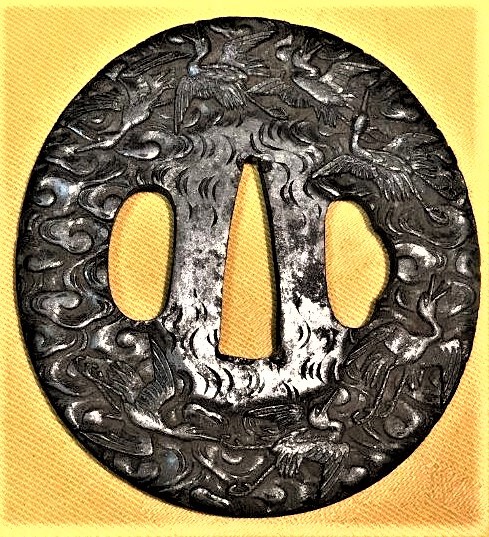


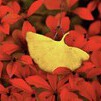

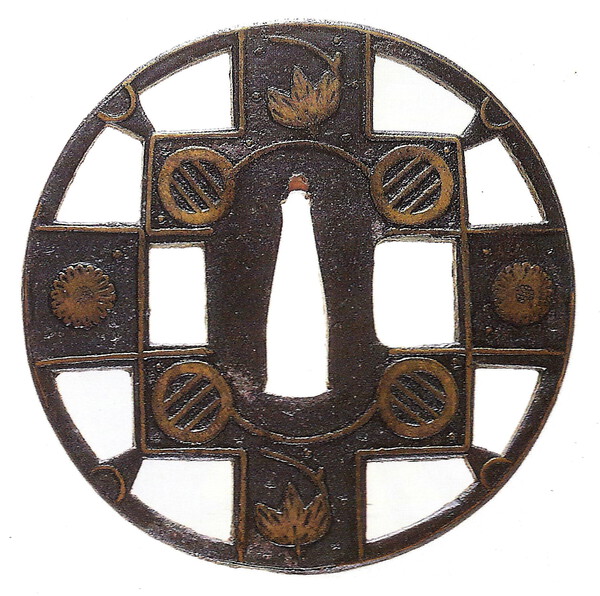

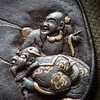


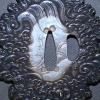


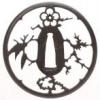

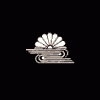

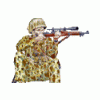

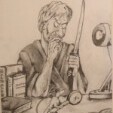
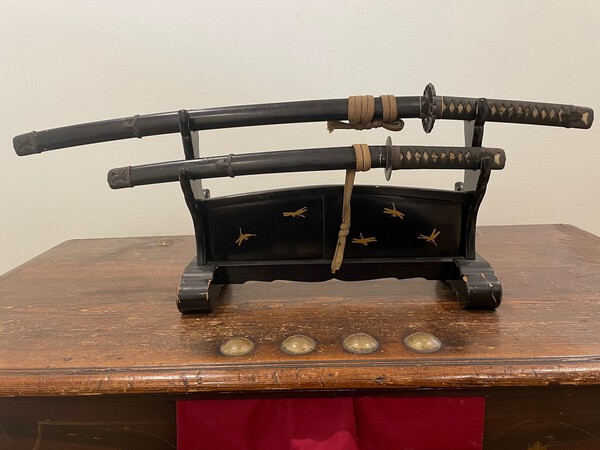
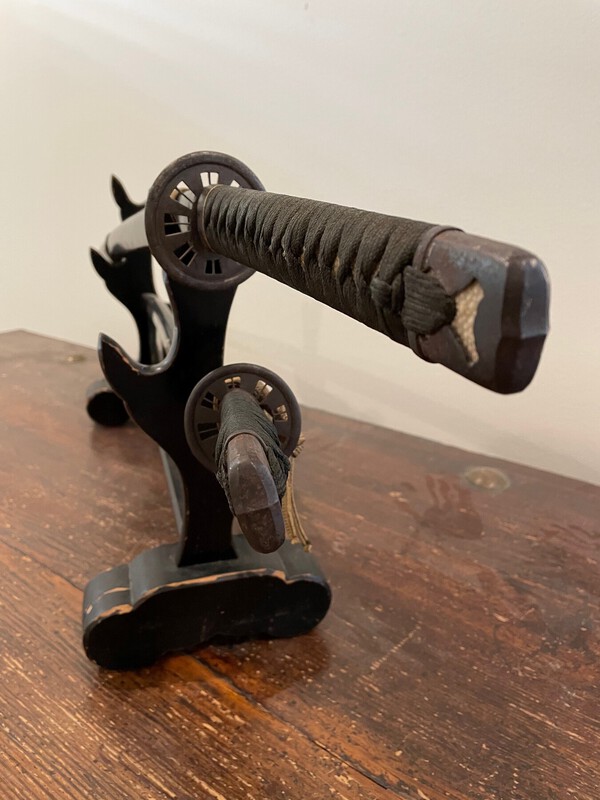
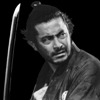


19611997.thumb.jpg.de2729fd9b3d9cc4a0d15a54af5048e6.jpg)
